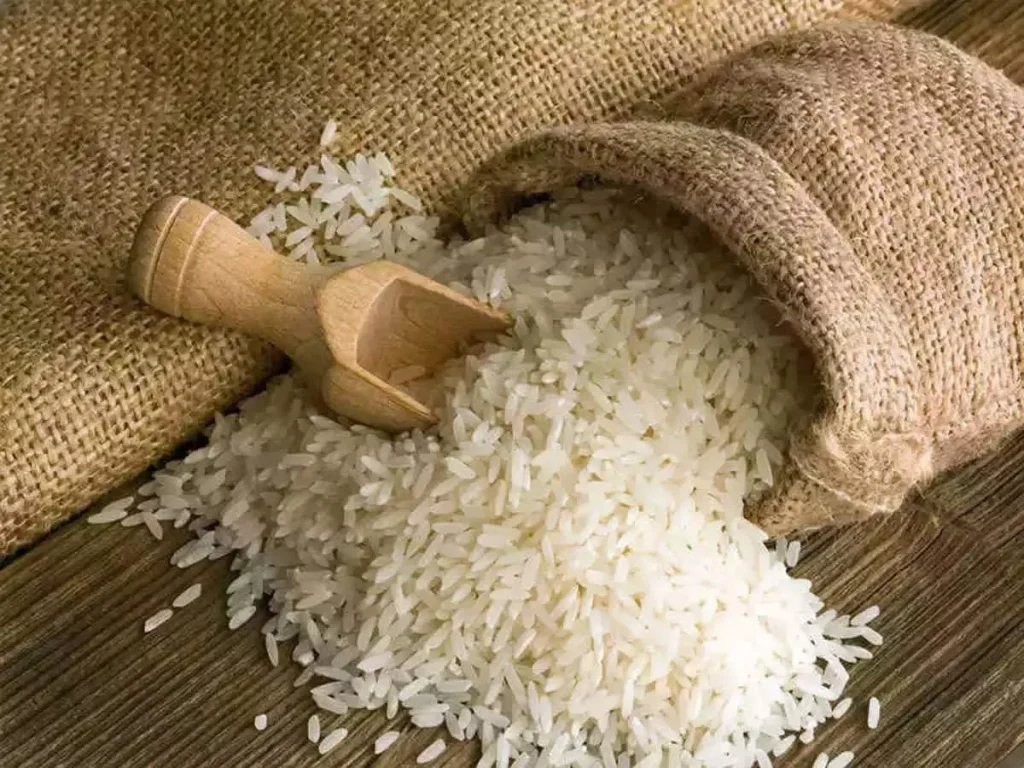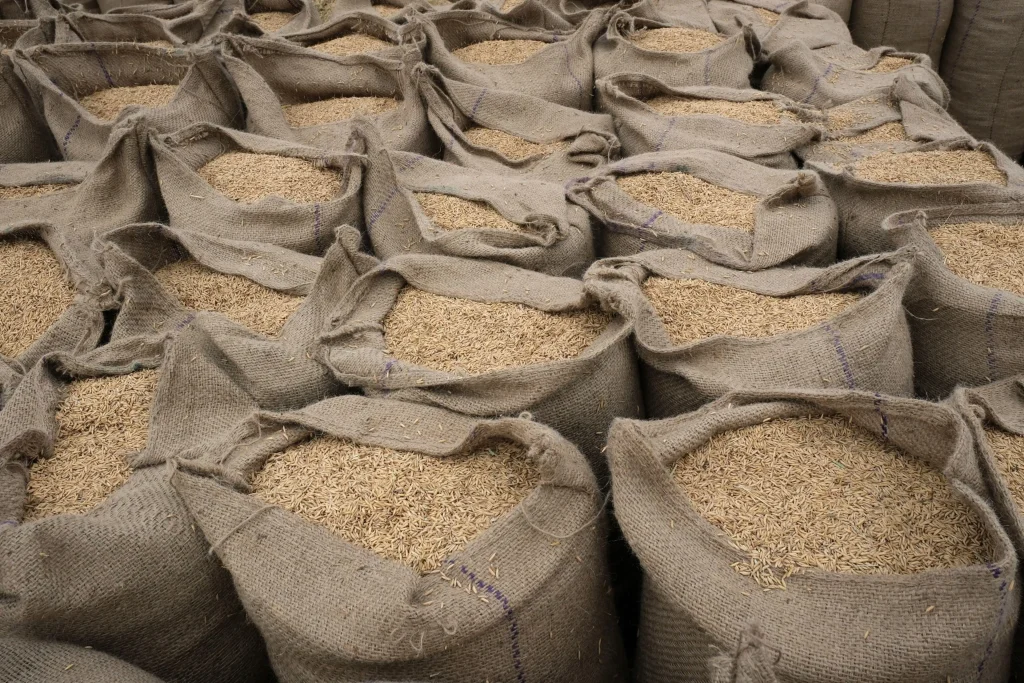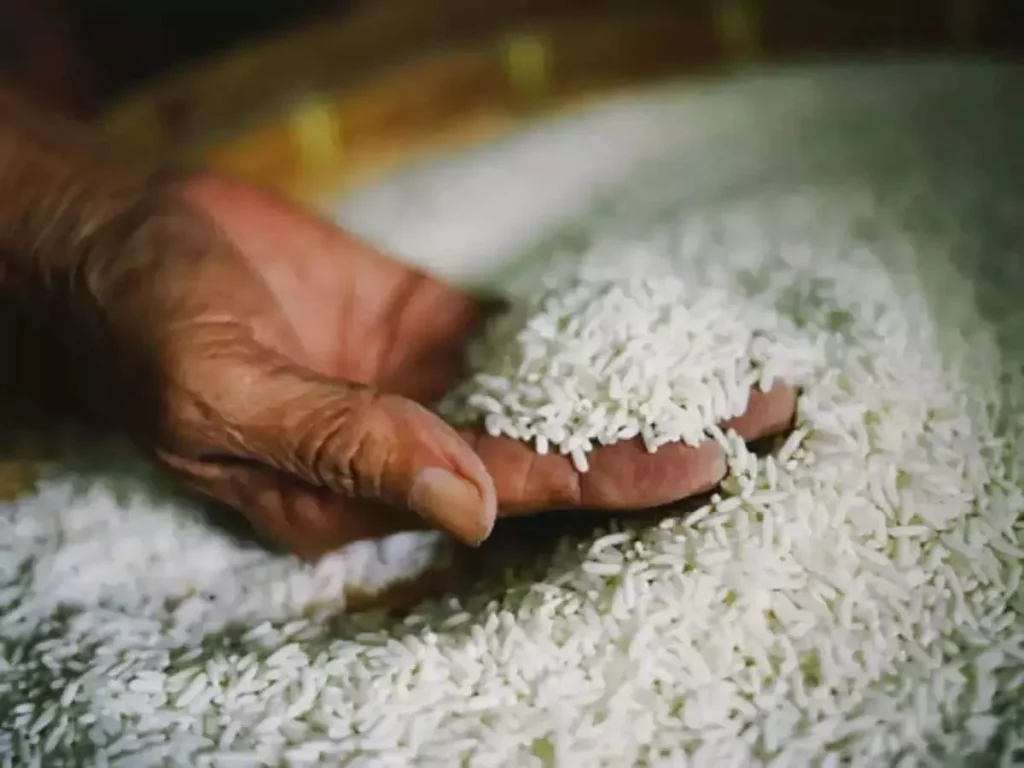India, a global powerhouse in agriculture, is making significant strides in bolstering its ‘Made in India’ campaign through its booming rice export sector. With a rich legacy of rice cultivation, the country is not only catering to domestic demands but also emerging as a major supplier in the global market, particularly with its non-basmati and Basmati rice varieties.

Non-Basmati Rice
India’s non-basmati rice, a crucial component of its agricultural exports, is cultivated across a variety of climatic conditions, producing well-known types such as Sona Masuri, Ponni, HMT, IR-64, and Swarna. These varieties are celebrated for their distinct aroma, grain texture, and versatility in cooking. Adding to their appeal are the Geographical Indication (GI) tags that many of these varieties carry, emphasising their regional authenticity and assured quality.

The non-basmati rice sector in India is particularly focused on maintaining high-quality standards while keeping production costs commercially viable. This focus on quality has ensured that Indian non-basmati rice meets international benchmarks, including grain size consistency and moisture content. These stringent standards have helped Indian rice gain a competitive edge in global markets, solidifying its reputation as a reliable and quality-driven exporter.
Global Demand Drives Export Success
Indian non-basmati rice has seen robust demand in international markets, thanks to its wide range of varieties and competitive pricing. During the fiscal year 2023-24, India exported over 11 million metric tons (MT) of non-basmati rice, generating revenue of Rs. 37,804.48 crores (USD 4,570.06 million). The major destinations for these exports include countries in West Africa such as Benin, Guinea, Togo, and Côte d’Ivoire, as well as Vietnam, further highlighting the global reach of Indian rice.

Basmati Rice
India’s export portfolio is not limited to non-basmati rice. The country is also the world’s leading exporter of Basmati rice, a long-grain aromatic variety that has been cultivated in the Himalayan foothills for centuries. Basmati rice is renowned for its soft, fluffy texture, and superior flavor, making it a favourite in international cuisine.

In the fiscal year 2015-16, India exported approximately 4 million MT of Basmati rice, earning around Rs. 22,718.44 crores. Key markets for Indian Basmati include Saudi Arabia, Iran, the UAE, Iraq, and the UK, where it is highly sought after for its distinct qualities.
Economic Impact and Future Prospects
India’s thriving rice export industry is a testament to the success of the ‘Made in India’ campaign, showcasing the country’s ability to produce and supply high-quality agricultural products on a global scale. As demand for Indian rice continues to grow, the sector is poised for further expansion, contributing significantly to the nation’s economic growth and global trade footprint.

The continued emphasis on quality control, innovation in cultivation practices, and strategic market positioning will be crucial in maintaining India’s leadership in the global rice market. As the ‘Made in India’ brand gains further recognition, India’s rice exports are expected to play an increasingly vital role in the country’s economic landscape.
